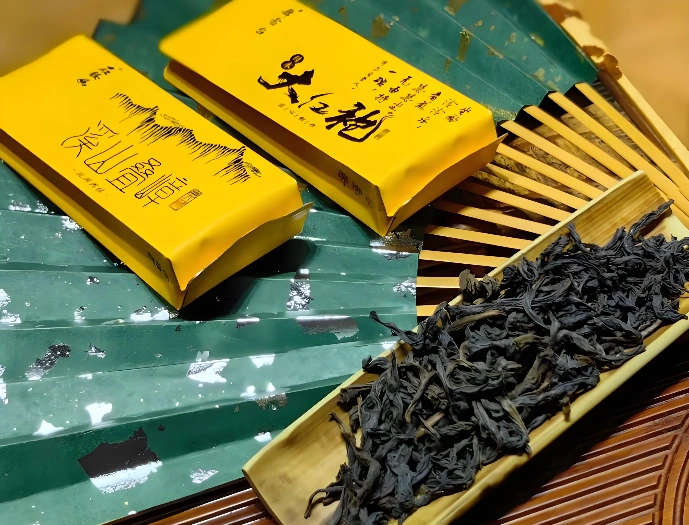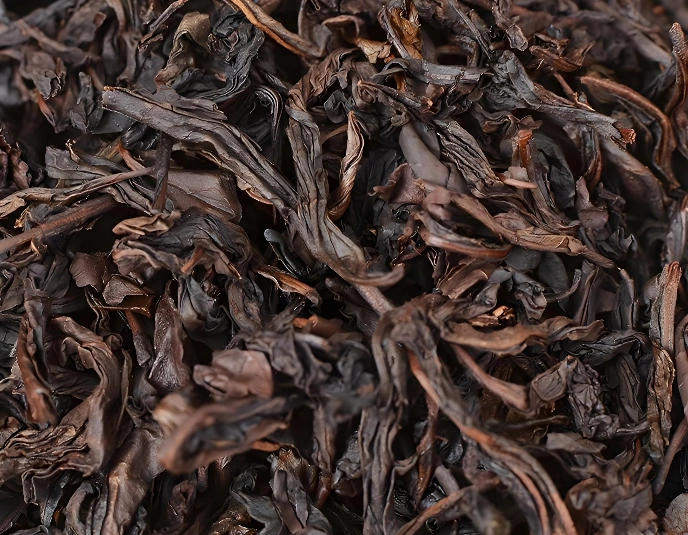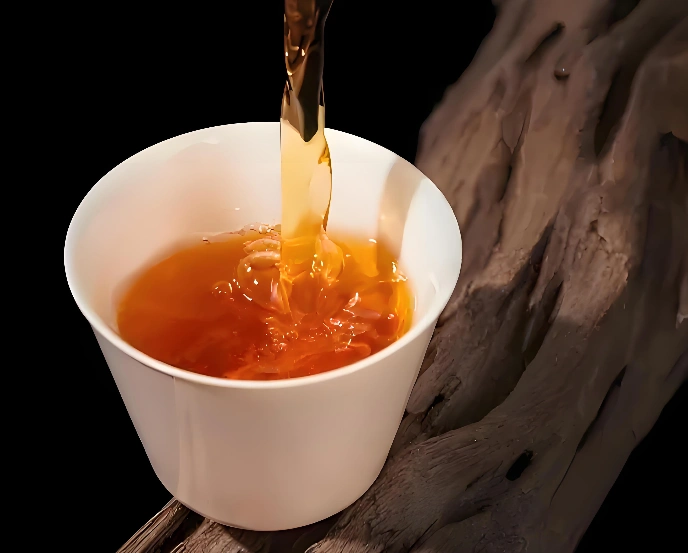oolong tea traditional processing is a sensory voyage that transforms delicate green shoots into aromatic, complex brews steeped in centuries of heritage. Picture sun-dappled tea gardens, the rustle of leaves in the breeze, and skilled hands guiding each step—from withering under gentle sunlight to the final, glowing roast.
In this article, you’ll uncover how oolong tea traditional processing melds art and science, crafting unique expressions like Light Roast oolong tea, High Fire oolong tea, and regional marvels such as Tieguanyin oolong tea and Wuyi rock oolong tea. Prepare to awaken your senses and honor a living legacy in every cup.

Harvesting & Withering
The journey begins at dawn, when expert pickers select tender leaves—usually one bud with two to three young leaves. This precise oolong tea traditional processing choice determines the final cup’s body and sweetness. After harvesting, leaves undergo withering, where sunlight and controlled indoor airflow coax out moisture. Sun withering imparts a soft warmth that concentrates sugars, while indoor withering under shaded racks preserves delicate aromatics. Mastery here sets the stage for nuanced flavor.
“Shaking” (Yaoqing) & “Fixing” (Kill-Green)
Once semi-flaccid, leaves enter the ritual of yaoqing—gentle tossing in bamboo baskets to bruise edges and trigger partial oxidation. This step, central to oolong tea traditional processing, releases floral and fruity esters, teasing out orchid and honeyed notes. After shaking, leaves are quickly “fixed” by pan-firing or steaming to halt oxidation and lock in vibrant green hues. Traditional artisans wield iron woks at precise temperatures, ensuring that each leaf tucks away its evolved fragrances.
Rolling & Drying
Next comes the alchemy of rolling, where leaves are shaped and cell walls gently broken to deepen infusion. Some estates favor traditional hand‐rolling on cloth mats for a rustic curl, while others use drum rollers for consistent coils. As leaves take shape, they enter the drying phase—initial low-temperature drying reduces moisture without harshly toasting flavor. Here, choices in oolong tea traditional processing diverge: Light Roast oolong tea retains bright florals with a whisper of roast, whereas High Fire oolong tea embraces bold, smoky depth. The contrast between these styles highlights the craft’s breadth.

Final Roasting Techniques
The final roast is oolong’s signature flourish:
- Light Roast (Tieguanyin oolong tea): Gentle heat coaxing forth orchid and gardenia aromatics, accented by a silky mouthfeel.
- Heavy Fire (Wuyi rock oolong tea): Intense, charcoal-kissed roasts that deepen mineral-rich “rock rhyme,” hallmark of Wuyi cliffs.
- Phoenix Dan Cong oolong tea: Single‐bush cultivars receive custom roast profiles to showcase their honey-fruity and spice-like bouquets.
This stage demands vigilant attention—too light, and the tea lacks body; too heavy, and it obscures natural nuances. True artisans watch leaf color, aroma, and crackle to time each roast to perfection.
Quality Control & Aging
Post-processing, leaves are meticulously sorted by size, color, and scent. Moisture meters ensure final water content hovers around 5–7%, locking shelf stability and preserving flavor. For some varieties—especially robust High Fire oolong tea and Wuyi rock oolong tea—aging in controlled conditions deepens complexity, smoothing harsh tannins into velvety richness. Each vintage becomes a fingerprint of time, terroir, and masterful handling.
Potential Variations & Regional Styles
Across China’s mountainous landscapes, oolong tea traditional processing reveals regional signatures:
- Fujian’s Wuyi Mountains: Emphasize rock-grown varieties, bold Heavy Fire roasts, and mineral undertones.
- Anxi’s Phoenix (Meizhan) district: Specializes in Phoenix Dan Cong oolong tea, prized for single-bush individuality and intricate floral–spice profiles.
- Guangdong’s Chaoshan region: Crafts Light Roast oolong tea like Tieguanyin oolong tea with floral clarity and buttery textures.
Each locale adapts the core processing steps—harvesting times, wither techniques, shake durations, and roast intensity—to express local terroir and cultivar character.

FAQs on Oolong Processing
Q: Why does Light Roast oolong tea taste so floral?
A: Minimal roast preserves delicate volatile compounds formed during yaoqing, highlighting orchid-like esters.
Q: How does High Fire oolong tea differ in mouthfeel?
A: Deeper roast levels caramelize leaf sugars and impart smoky layers, resulting in a fuller, warming body.
Q: Can I age oolong tea at home?
A: Yes—store airtight in a cool, dark place. Check moisture and aroma quarterly; gentle aging mellows tannins and enriches depth.
Conclusion & Call to Action
From verdant pluck to embered roast, oolong tea traditional processing invites you into a world where technique and tradition converge. Whether you crave the floral allure of Tieguanyin oolong tea or the rugged resonance of Wuyi rock oolong tea, each cup tells a story of land, leaf, and living craftsmanship. Embrace this journey: source a small batch, explore Gongfu brewing, and share your discoveries. Let every sip become an homage to oolong’s enduring legacy.



